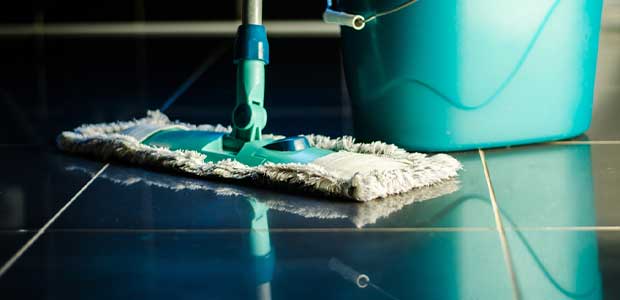
Why Cleaning Analytics Matter
Data can revolutionize the cleaning industry.
- By Faizan Sheikh
- Jun 01, 2022
You have thousands of square feet of facility space to clean. Maybe even tens of thousands or over a million square feet. How do you know if areas are being missed?
Regular and consistent facility cleaning has never been more important than it is now. Cleaning prevents the spread of viruses, encourages the general health of employees and helps maintain a sound operational workplace to ensure production quotas are met. But how can you ensure your facility has been properly cleaned day after day? Rich cleaning analytics and reporting are the answer.
Data has revolutionized many industries, and the cleaning industry is next in line. Rich analytics and real-time reports are now easily available thanks to the rise in autonomous cleaning solutions; these efficient cleaning robots are changing how we measure a facility's cleanliness.
What’s Your Clean Plan?
Consider this: the second largest area of any facility is the floor, second only to the ceiling. The floor is ground zero for dust, dirt and debris, which can build up quickly. Depending on the size of the facility and the work performed inside, the floor can become filthy within hours. Workers and machinery continually kick up particles throughout the day, dirtying surfaces, causing potential contamination of production lines and infiltrating the air workers breathe in during their shift each day. The bottom line: an unclean facility poses risks to both worker health and building operations. That’s a risk that facility managers can’t afford to take.
To ensure a facility stays clean, a cleaning plan must be implemented. For many, that involves traditional ride-on or walk-behind manual floor scrubbers. However, manual scrubbers are subject to the whims and direction of the humans operating them. Human error is common, and cleaning documentation is dependent on an employee’s commitment to detail. Consider the multitude of ways something may not get cleaned or logged properly. Leaner staff due to labor shortages means employees may be asked to fit more into their schedule than time allows, creating pressure to cut corners. Alternatively, dynamically changing facility layouts mean a worker may not know the new cleaning route. The list and reasons are endless!
Semi-autonomous floor scrubbers offer some operational efficiencies over manual options, including less human oversight. However, semi-autonomous solutions typically operate using a teach-and-repeat principle, only being as good as the routes an operator has taught the machine. This means they are prone to stoppages when environments change. Once stuck, the operator has to locate and rescue the floor scrubber and re-teach it a new path based on today’s layout changes. This is a time-consuming task that results in non-productive downtime. Research shows that 82 percent of facilities experience changes in layout significant enough to affect a robot’s performance during a one-week period; a semi-autonomous solution instead of a fully-autonomous solution means your staff is regularly babysitting a machine, moving it daily.
This article originally appeared in the June 2022 issue of Occupational Health & Safety.